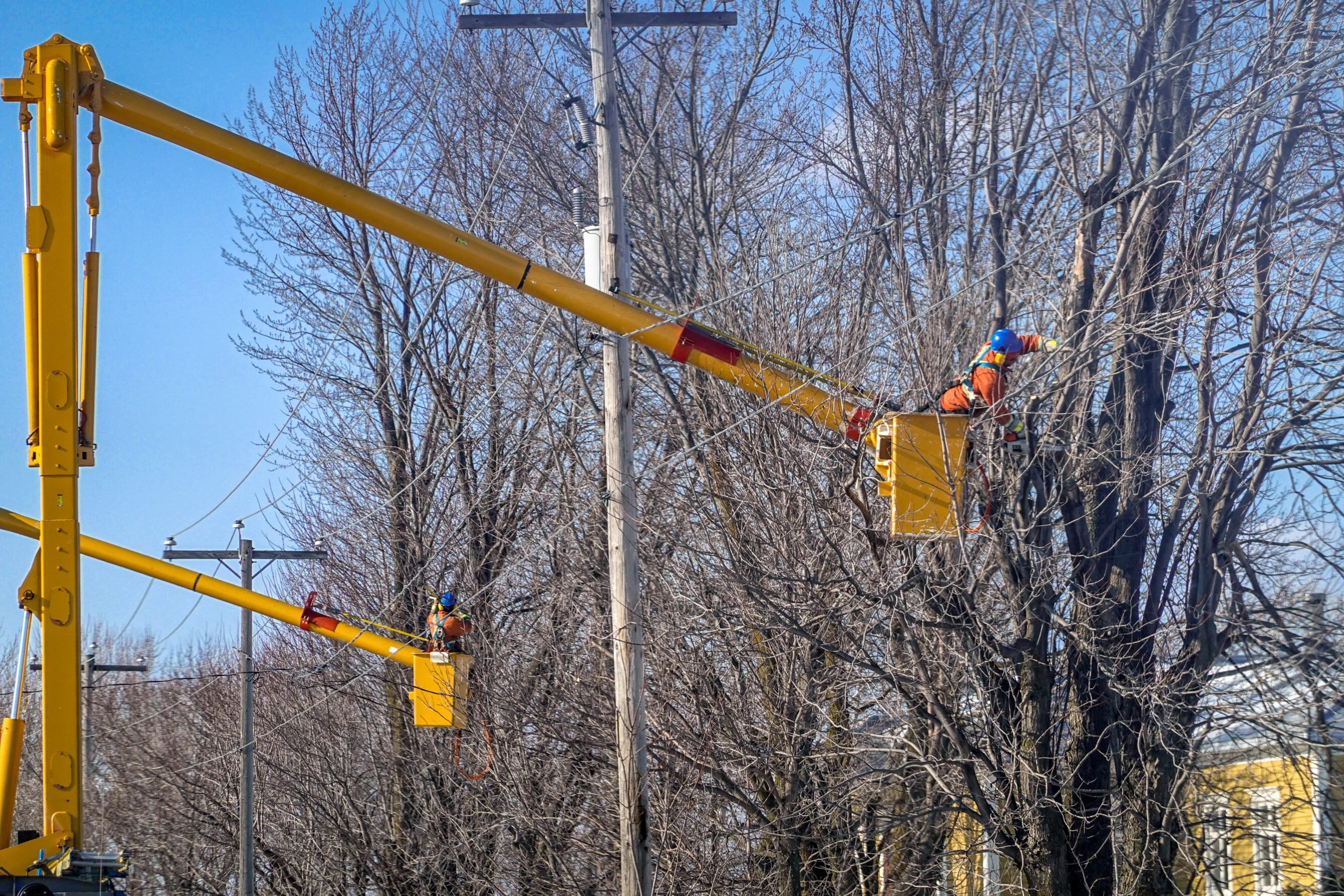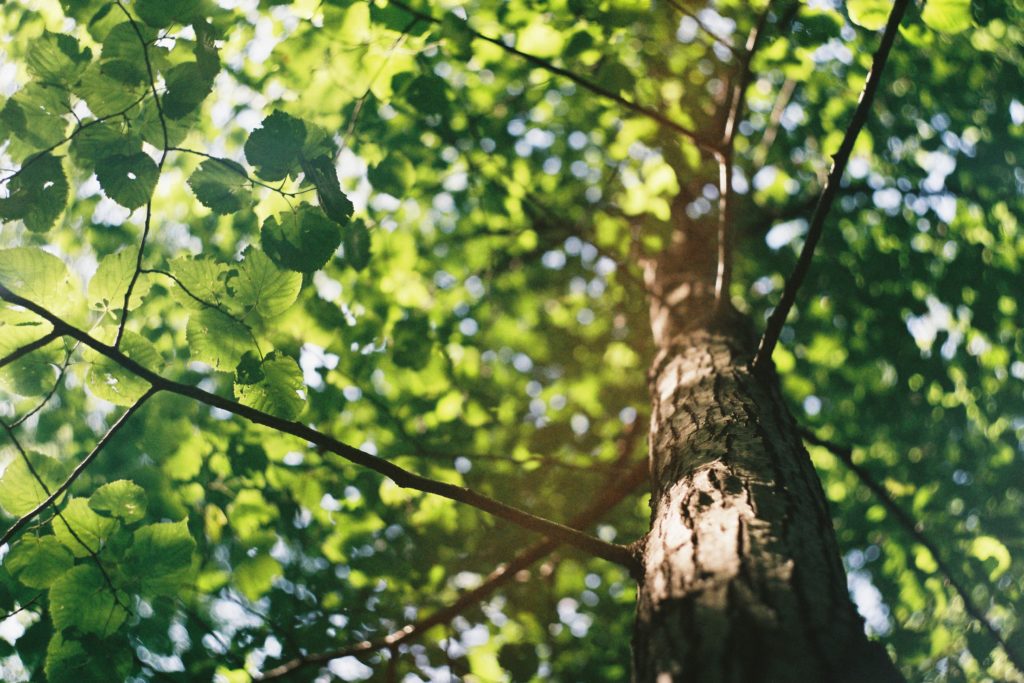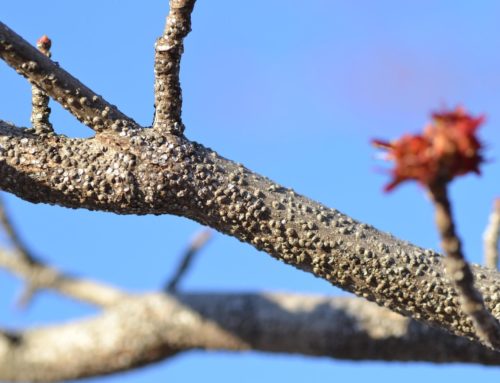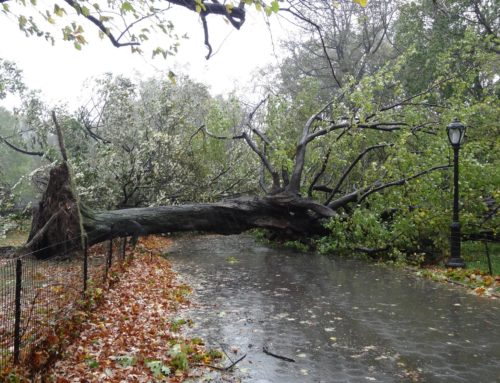The Best Time of Year for Tree Trimming
There are many different types of trees in the world. From pines to palm trees, you likely have more than two species in your backyard at the minimum. Trees provide shade, a nest for beautiful birds, many produce fruits, and most have an unparalleled beauty that connects you with nature. While some trees are “self-sufficient,” many need pruning which you should only do when ideal for the tree.
The best time of year to trim your trees is in the winter months. Most trees are dormant during October through the end of March, making that the perfect time to prune branches and keep them healthy.
While wintertime is the perfect pruning season for most trees, it is not the best for certain species. The best time of year for some trees are in the spring, summer, and fall too. Since all trees are not created equal, it is important to prune them at the ideal time of year for each species. If you want to know the best time to trim your trees, the benefits of doing so, and when to prune each type, continue reading our detailed guide.
The Best Trimming Time of Year
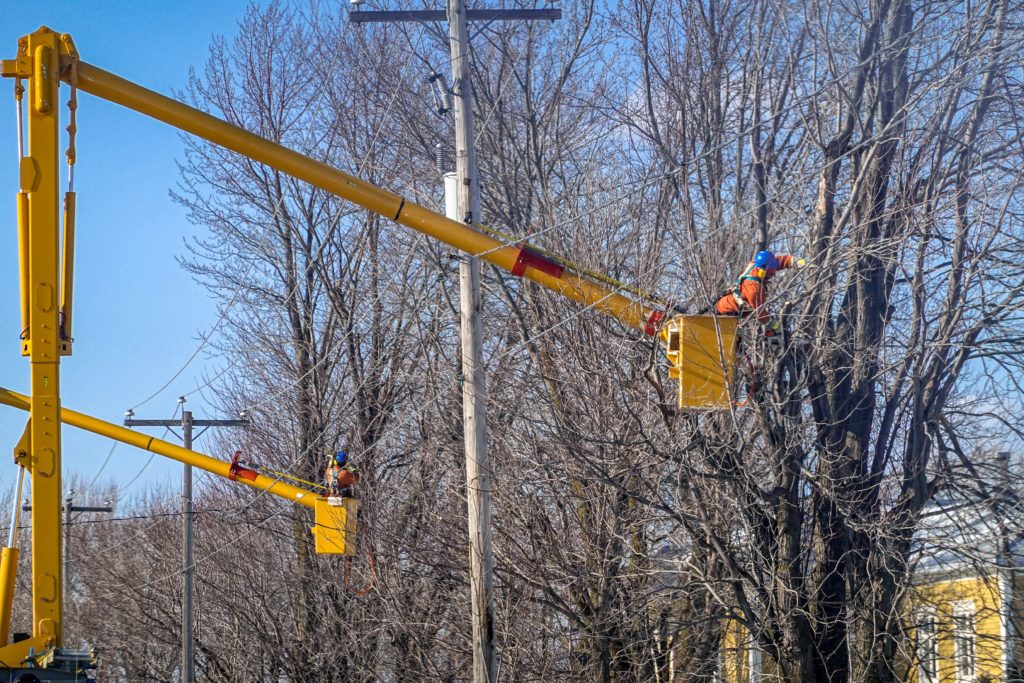
This means they are not actively growing and instead are in a hibernation state. Additionally, most trees do not have leaves in the winter months, making issues easier to identify and trim.
Trimming your trees during the winter months helps encourage growth in the spring and summer, assuming you prune them correctly.
Benefits of Pruning
Trimming the trees on your property has various benefits. One of the main reasons to prune trees is to improve their appearance and to remove dead branches. Dead branches pose a safety risk as they can fall off and land on a person, your vehicle, house, or other property. Plus, dead branches can lead to disease or an infestation of insects that can shorten your tree’s life. Plus, they are a sight for sore eyes.
Pruning provides other benefits, such as improvements in air and light penetration for other plants below the tree. Some property owners remove branches close to power lines, other trees, or their shared fence with a pesky neighbor.
When to Prune Each Type of Tree
While most trees have the best pruning times in the winter months, many should have pruning in the spring, early summer, late summer, and even the fall. It all depends on the species of tree.
Be cautious of pruning in the late winter; wound closure and new growth heighten right before the spring growth spurt.
Here are the best times to prune each tree by type.
Subtropic
Subtropic trees are common in humid climate zones that don’t experience cold winter temperatures. They always get lots of sunshine and water, which makes them grow all year round. They never lay dormant nor experience a winter. As such, they are fine to prune all year round.
However, don’t prune more than 30% of the tree’s live tissue in one season. For example, if you take off a limb that contains 25% of leaves from the tree, you should stop pruning for the season.
Deciduous
Deciduous means “falling off at maturity,” an apt name for trees and shrubs that seasonally shed their leaves. Deciduous trees are green and ripe in the spring and summer and transition into yellow, gold, and red foliage in the fall. Deciduous trees are a clear indicator that fall is in full swing.
Elm, maple, and oak trees are the most common and recognized deciduous trees in North America. All deciduous trees are best pruned in the late fall or early winter, just before their leaves fall off. This clearly indicates that these trees are in their dormant state; plus, it’s an easy time to see their branches.
Flowering Trees
Flowering trees are arguably the most beautiful types of trees around. They are the yin to deciduous trees’ yang, providing a beautiful indication that spring has sprung similar to deciduous trees’ fall change in color.
They can grow tall and wide and, just like any other trees, require routine pruning to keep them vital and keep them as an exquisite centerpiece of your landscaping.
Flowering trees not only produce eye-catching flowers but edible fruits that attract birds, squirrels, and other animals too.
Knowing when to prune flowering trees such as dogwoods, cherry, and magnolia trees is easy. You should prune them after blooming. However, you can remove dead branches and broken limbs at any time.
New Trees
You should inspect new trees yearly for proper growth and health. If they are not growing ideally, prune them at the correct time of year for the species. If a limb needs pruning, do it sooner rather than later. The removal of a large limb will leave a larger hole, which will leave the tree more apt to get a disease or an insect infestation.
Young Trees and Shrubs
Pruning young trees is a good practice to ensure they grow into a pleasing and stable shape. Plus, if pruned correctly, you will need to trim them less often as they mature. You should prune young trees and shrubs according to the best time of year for the species. For example, if the young tree is a deciduous tree, prune it in the early winter.
What To Do with Damaged and Dead Tree Limbs
If your property has trees with damaged and dead limbs, you might be gearing up to do some pruning. But, before you strap your chainsaw to your back and prepare to climb up a tree (please don’t do this), let’s determine what to do with those limbs first.
Firstly, if the tree you need prunes is massive or the branches or very high, it will be safer to leave the job to a professional tree service. They will use a lift and specialized tools that will make the job easier and safer. Usually, these tree services take away the branches with them, and you don’t have to worry about it.
In the case where you remove the branches and limbs from your trees yourself, you might not know where to put them. Thankfully, many cities, townships, and counties have free removal services from the local government. Otherwise, you can use the limbs as firewood during your next s’mores party.
Pruning Techniques
Before you crank on your chainsaw, you should know the best pruning techniques first. Using the correct pruning techniques will ensure your trees have a long life, are safe, and keep their attractive curb appeal.
Here are some of the common pruning techniques:
- Density reduction – removal of a portion of the top branches of the tree so more light and air could enter the lower parts of the tree; also done for aesthetic reasons
- Size reduction – reducing the height of the tree to prevent from hitting a power line or other structure; reduction involves pruning leaders and some branch terminals
- Raising – the removal of lowering branches to provide clearance for foot traffic or vehicles
- Cleaning – the removal of all dying, dead, disease, infested, and otherwise unworthy branches and limbs from the tree
- Topping – uncontrolled removal of all of the top tree branches to stubs so that none can take on a terminal role; topping destroys the tree and could lead to its death; instead, you should use a careful size-reduction
How to Prune Trees
First and foremost, when you are pruning trees, take the utmost caution and safety. If the job is too tricky or you worry that it is too dangerous for you, call in professionals to do the job. They are trained at pruning trees in complicated situations.
However, if you are up to the task of doing some pruning yourself, here are how you should do the basics.
Cutting Large Branches
Large branches are the most dangerous to remove. Therefore you should take the most care.
To start, make a small cut on the bottom of the branch with a saw. Cut only about a ½-inch deep and 5 inches away from the tree. This cut at the bottom prevents the bark from peeling when the branch comes off later.
Then, cut the branch off from the top about 8 inches away from the side of the tree trunk. Lastly, cut off the remaining stub down to the swollen part of the tree where the branch and tree connect (the branch collar).
Removing Small Branches
You can remove small branches directly at their base with pruning shears. However, be careful not to remove too many branches. Removing too many live, small limbs can weaken the tree and make it more susceptible to disease.
Avoid Topping Trees
Tree topping is the worst way to prune trees. It is the removal of too many branches and limbs straight off the top to reduce its height. Topping can lead to stress, disease, infestation, rotting, and decay. Which, in turn, could destroy the tree entirely and introduce a hazard to your property.
Common Pruning Obstacles
Pruning is often a challenging task. All trees are unique and can develop undesired growing patterns that may surprise you. The way a tree grows and branches out is determined by its natural growth pattern, the weather, damage (for storms, animals, etc.), the landscape, and the amount of sun it gets.
If you want to become a pruning master, here are some of the obstacles you might come across.
V-Shapes
Many trees have natural, v-shape growths. Most of the time, these growths don’t cause an issue. On the other hand, v-shapes sometimes weaken the branch and could require pruning to fix.
Be on the lookout for narrow v-shape structures while your tree is young and growing, as they could cause structural problems as the tree ages and gets bigger. To remove a potentially harmful v-shape, remove one stem of the v while the tree is still young.
Common trees that form v-shapes are maples, ashes, willows, elms, mulberries, redbuds, and flowering pears.
Forked Trunks
Trunk forks are essentially v-shapes right at the base of the trunk of the tree. They are less stable compared to a single trunk. As the tree ages with a forked trunk, the cavity between the two sections can rot or become infested with insects.
To prevent the issue of a forked trunk, remove one of the forks early in the tree’s life. Cut it off at a slight angle to allow rain to flow off the stump instead of pooling on it.
Clustered Branches
Clustered branches similar to v-shape formations, but with many “Vs.’’ In other words, they have three or more forks from one central branch. Too many branches clustered together can weaken a tree, particularly if you don’t prune them early. Remove excess branches that are growing at odd angles (like horizontally) and the smaller ones of the cluster. This will allow for more air circulation, stability, and sunlight penetration.
New Shoots/Suckers
Many tree species grow new shoots at the base of their trunk. They grow fast and can weaken the stability of the tree if you don’t remove them quickly. Prune the new suckers before they reach a foot in length.
Stubs
If a branch breaks off your tree from impact, wind, ice, or another type of physical trauma, it will leave a stub instead of a clean cut. The stub will generally be rugged and the break will surely not be uniform. If left, the stub could trap in moisture, provide insects an infestation entry point, and lead to disease and rot.
To remedy this problem, cut the stub off near the branch junction.

